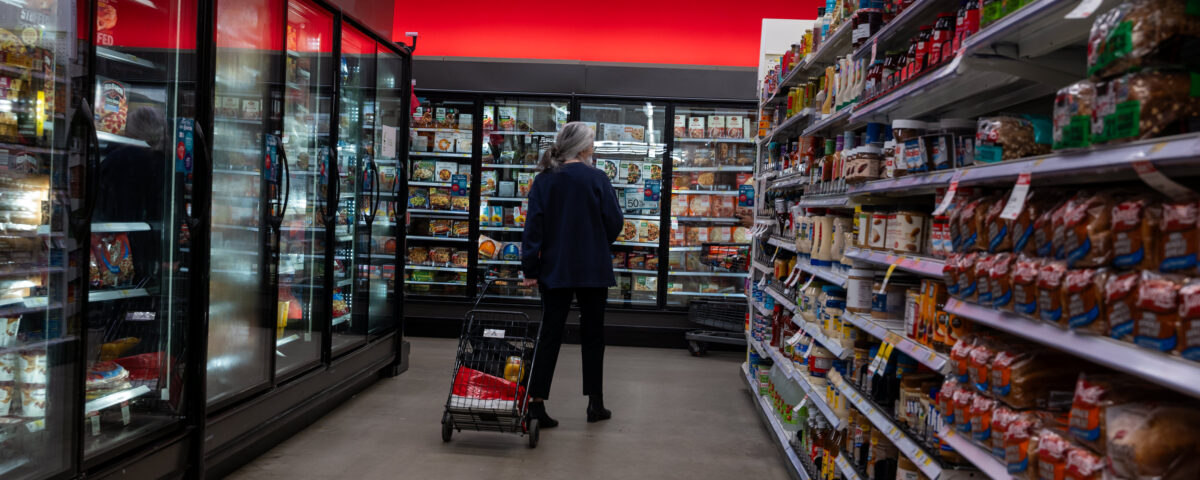Trump’s Tariff Turnaround: 90-Day Pause and Blow to Chinese Imports
Tháng 4 10, 2025U.S. March Budget Deficit Narrows: What It Means for Fiscal Health
Tháng 4 10, 2025Navigating the Storm: The Impact of Tariffs on Inflation and Economic Stability
As global economies grapple with the ramifications of ongoing trade disputes, the potential effects of tariffs on inflation and economic stability have sparked significant concern among economists. Recent discussions highlight that the situation could escalate “pretty ugly” by summer, with tariffs likely exacerbating inflationary pressures and heightening the risk of recession. Understanding the investment landscape, particularly the potential pitfalls during such economic instability, is crucial. For insight, see some common pitfalls in investing that you can avoid in 2023 here.
Understanding Tariffs and Their Economic Ramifications
Tariffs, essentially taxes placed on imported goods, operate similarly to consumption taxes, burdening consumers and businesses alike. As these tariffs rise, they directly contribute to increasing prices in the market, a trend that can lead to higher inflation rates, particularly in the short term. Economic analysts warn that the adverse effects of these tariffs may not only inflate the cost of consumer goods but also lead to rising manufacturing expenses. This inflationary cycle can dampen consumers’ purchasing power, curtailing demand, and hampering economic growth. In this context, the principles of value investing, which encourage looking for undervalued stocks over time, become increasingly relevant. For more on why value investing remains a sound strategy, you can read this.
The Recession Risk: A Looming Economic Slowdown
The alarming possibility of economic slowdown looms larger as inflation escalates. Economists highlight that as the costs of goods and services rise, consumer demand could begin to falter. The United States, uniquely positioned within this global economy, is projected to experience some of the most profound impacts. If consumers are forced to spend more on essential items due to tariffs, discretionary spending may suffer. This shift could sharply reduce overall production and spark a contraction in economic growth—a significant warning sign that the country may be inching toward a recession.
Trade War Dynamics: The Implications of Current Tariff Rates
Currently, tariffs against China are as high as 145%, a startling statistic that underscores the ongoing trade tensions between the two economic giants. Such steep tariffs not only elevate consumer prices but also alter the competitive landscape for domestic businesses. Neighboring countries, with significantly lower tariffs, may offer pathways for goods to circumvent these restrictions via third-party nations. This dynamic can foster a complex web of trade that complicates enforcement and weakens the anticipated benefits of tariff implementation. China’s strategies in addressing these trade tensions can be further explored in discussions on their recent economic maneuvers here.
The Monetary Policy Dilemma
Given the intricacies of the economic environment marked by rising inflation due to tariffs, the Federal Reserve faces formidable challenges in its monetary policy. The dual mandate of managing inflation while promoting economic growth is further complicated as they navigate the consequences of these tariffs. Balancing these factors requires nuanced decision-making as central banks must tread carefully to avoid exacerbating inflationary pressures while supporting an economy teetering on the brink of a recession.
In conclusion, as economists keep a watchful eye on the developing situation, the heightened tensions from trade disputes serve as a stark reminder of the interconnected nature of global economies. The prospect of increased inflation and potential recession paints a troubling picture for the U.S. economy, prompting calls for strategic policy interventions to address the looming challenges posed by tariffs. As we move closer to summer, the landscape may well reflect the significant economic shifts currently underway, necessitating proactive measures to safeguard long-term stability and growth.

